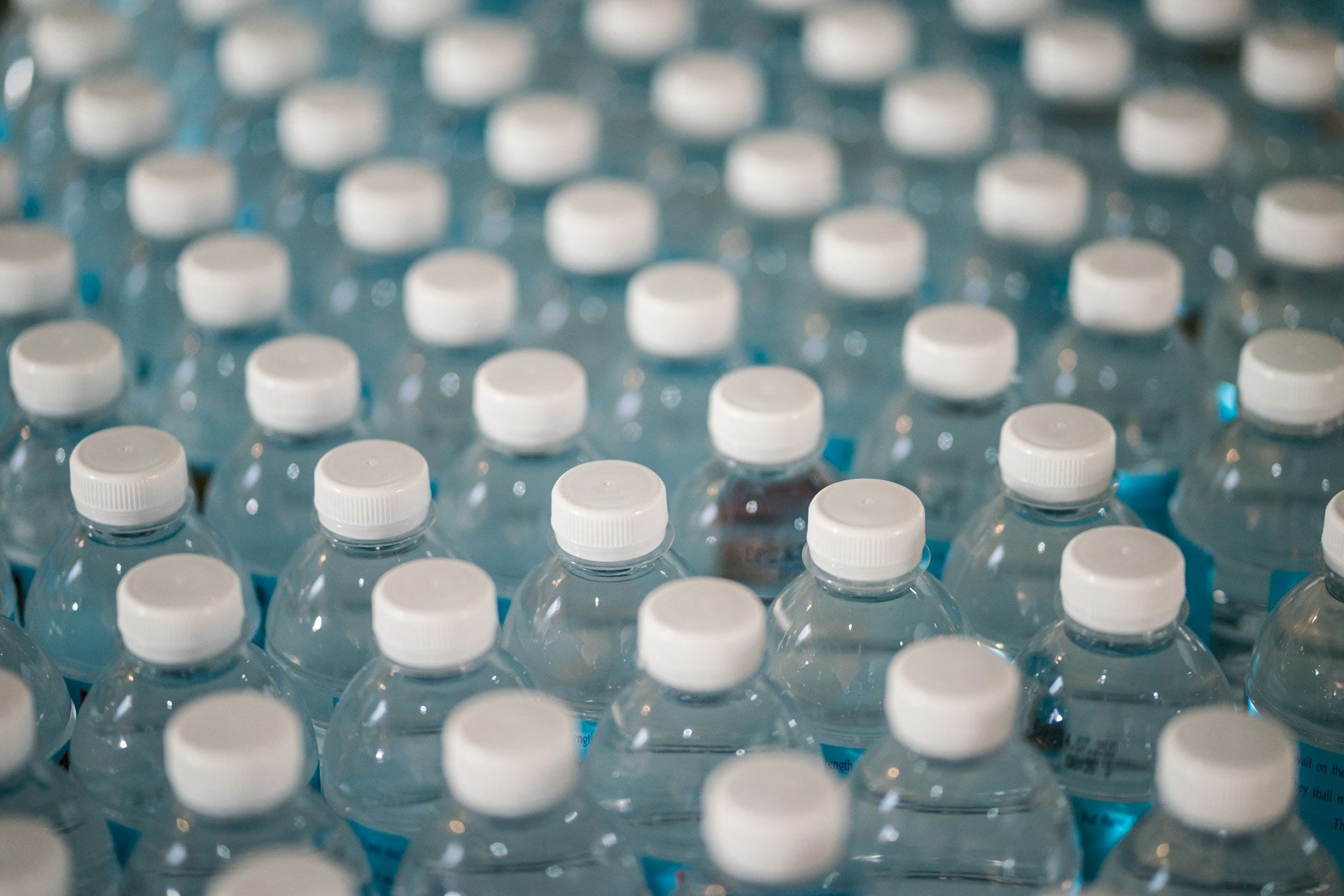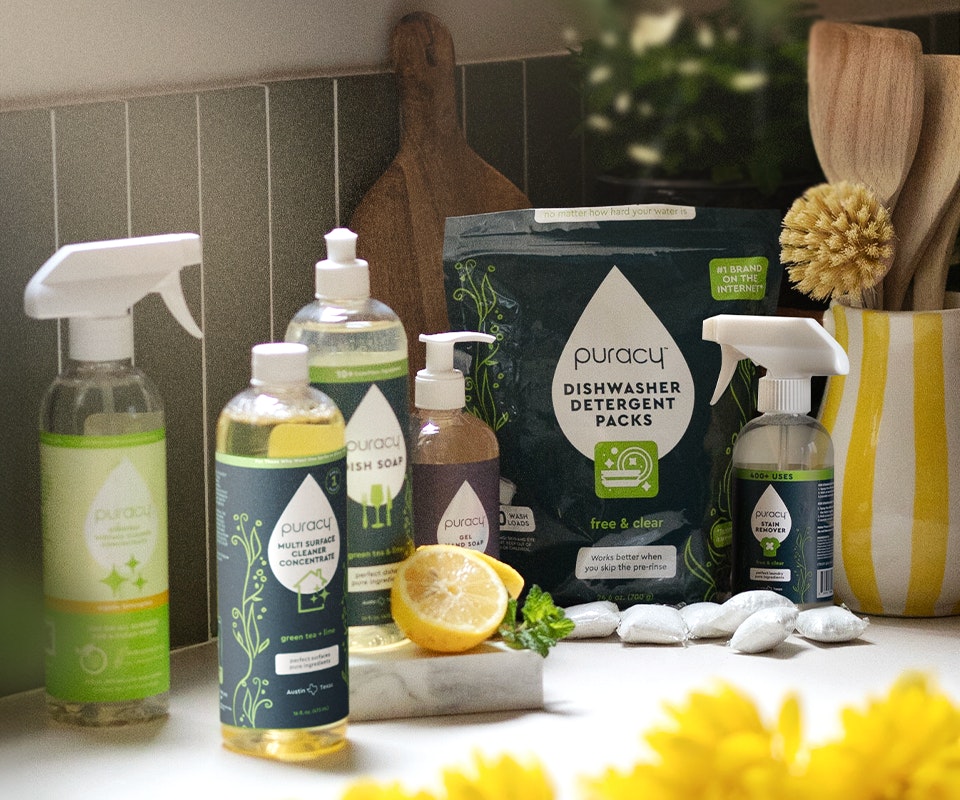
How to Tell If Plastic Is BPA-Free
BPA is a chemical lurking in some plastics, silently leaching into your food, water, and—if you’re not careful—your family’s health. But how do you tell if the plastic products you use are BPA-free or not? Let’s dig in together and uncover how to navigate this tricky terrain.
What Does BPA-Free Mean and Why Should You Care?

BPA, or Bisphenol A, is a chemical used to harden plastics and make them shatterproof. BPA can mimic estrogen in your body, acting as a potential endocrine disruptor. Studies have linked it to a range of health issues, from reproductive problems to heart disease. And for children and babies, it’s even more concerning. Developing bodies are especially vulnerable to chemicals like BPA, so it's essential to be extra vigilant.
When you see a product labeled "BPA-free," it means the manufacturer hasn’t used this particular chemical. But just because something is BPA-free doesn’t automatically mean it’s safe – it just means BPA isn’t present, not that other harmful chemicals aren’t. But still, it’s a good start, especially when you're balancing the health of your family, a sustainable lifestyle, and a desire for high-performing products.
Key Takeaways
- What’s free from Bisphenol A?
Products and food storage items without the chemical Bisphenol A.
- Why Does It Matter?
Bisphenol A can disrupt hormones, posing risks especially to children and pregnant women.
- How to Identify BPA-Free Plastics?
Check for food labels, recycling codes, and alternative food storage materials like glass or stainless steel.
- Recycling Codes to Remember:
Focus on codes 1, 2, 4, and 5 as safer options. Avoid 3, 6, and Ways to Avoid BPA: Opt for glass, stainless steel, or plastics free from Bisphenol A, and avoid heating food in plastic containers.
How to Identify BPA-Free Products

Here are some simple steps and symbols you can follow for identifying BPA-free products.
1. Look for the Label
The easiest way? Look for a “BPA-free” label, but remember: it's only the first step.
2. Check the Recycling Code
Flip the product over and find that little triangle made of arrows with a number inside. This is the recycling code. It gives you clues about the type of plastic used and whether it might contain Bisphenol A.
3. Know the Safe Codes
Codes 1, 2, 4, and 5 are generally free from Bisphenol A. Codes 3, 6, and 7 should be approached with more caution.
4. Consider Alternative Materials
Glass, stainless steel, and certain BPA-free plastics are safer bets for food and drink storage.
Recycling Codes You Should Know

Code 1: PET or PETE (Polyethylene Terephthalate)
You see this code on most single-use water bottles and soda bottles. PET is generally considered safe and free from Bisphenol A . However, it’s not designed for repeated use. The risk? With continued use, it can harbor bacteria and break down over time. Think of it as the plastic equivalent of a paper towel—use it once, then move on.
Code 2: HDPE (High-Density Polyethylene)
HDPE is a more robust option. You’ll find this code on milk jugs, detergent bottles, and some food containers. This plastic is free from Bisphenol A and considered safe, even for repeated use. It’s also relatively easy to recycle, making it a solid eco-friendly choice.
Code 3: PVC (Polyvinyl Chloride)
PVC is a code you want to avoid. It often contains phthalates, another group of chemicals that can interfere with your hormones. You'll find it in things like cling wrap, some toys, and older plumbing pipes. Unless you’re sure a PVC product is phthalate-free, steer clear.
Code 4: LDPE (Low-Density Polyethylene)
This plastic shows up in things like bread bags, some squeezable bottles, and grocery bags. It’s generally considered a safer option. However, it's not as sturdy or heat-resistant as some of the others. So, while it's good for short-term storage, you might want to opt for something stronger for long-term use.
Code 5: PP (Polypropylene)
PP is your friend in the world of plastics. It's used in yogurt containers, straws, and bottle caps. It’s tough, free from Bisphenol A, and can handle heat reasonably well. If you’re storing food or drinks, PP is a solid, safe bet.
Code 6: PS (Polystyrene)
Polystyrene is the stuff styrofoam is made of, and it can also be found in disposable coffee cups, takeout containers, and plastic cutlery. It can leach styrene—a possible carcinogen—especially when heated.
Code 7: Other (Mixed Plastics)
Code 7 is a bit of a wild card. It can include a variety of plastics, including polycarbonate, which contains Bisphenol A. This category also covers newer, plant-based plastics and food storage items, which might be BPA-free but aren’t always recyclable. If you see a Code 7, do some extra homework to find out what you're dealing with.
How Can You Avoid BPA in Products?
- Choose Glass or Stainless Steel: They’re the gold standard for safety. Both food storage materials are free of harmful chemicals, durable, and, in the case of glass, completely recyclable.
- Go for BPA-Free Plastics: When plastic is unavoidable, look for BPA-free labels and check the recycling codes (remember, 1, 2, 4, 5 = good; 3, 6, 7 = approach with caution).
- Avoid Heating Plastics: Even Bisphenol A-free plastics can break down when exposed to high heat. Avoid microwaving food in plastic containers or using them to store hot liquids.
- Cut Down on Canned Goods and Food: Many food cans are lined with BPA-containing resin. Look for food brands that specify “BPA-free” lining or go for fresh or frozen food options.


























